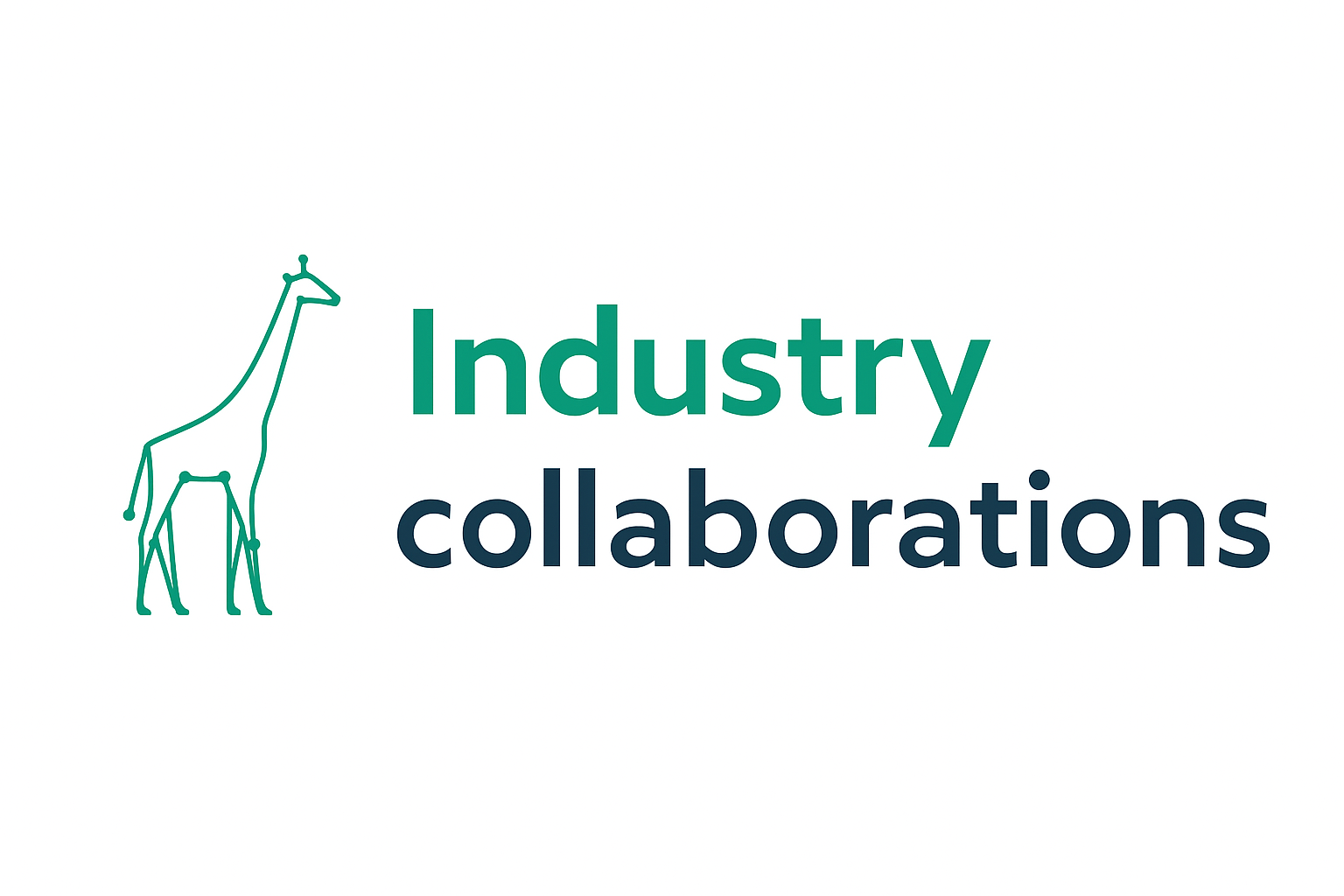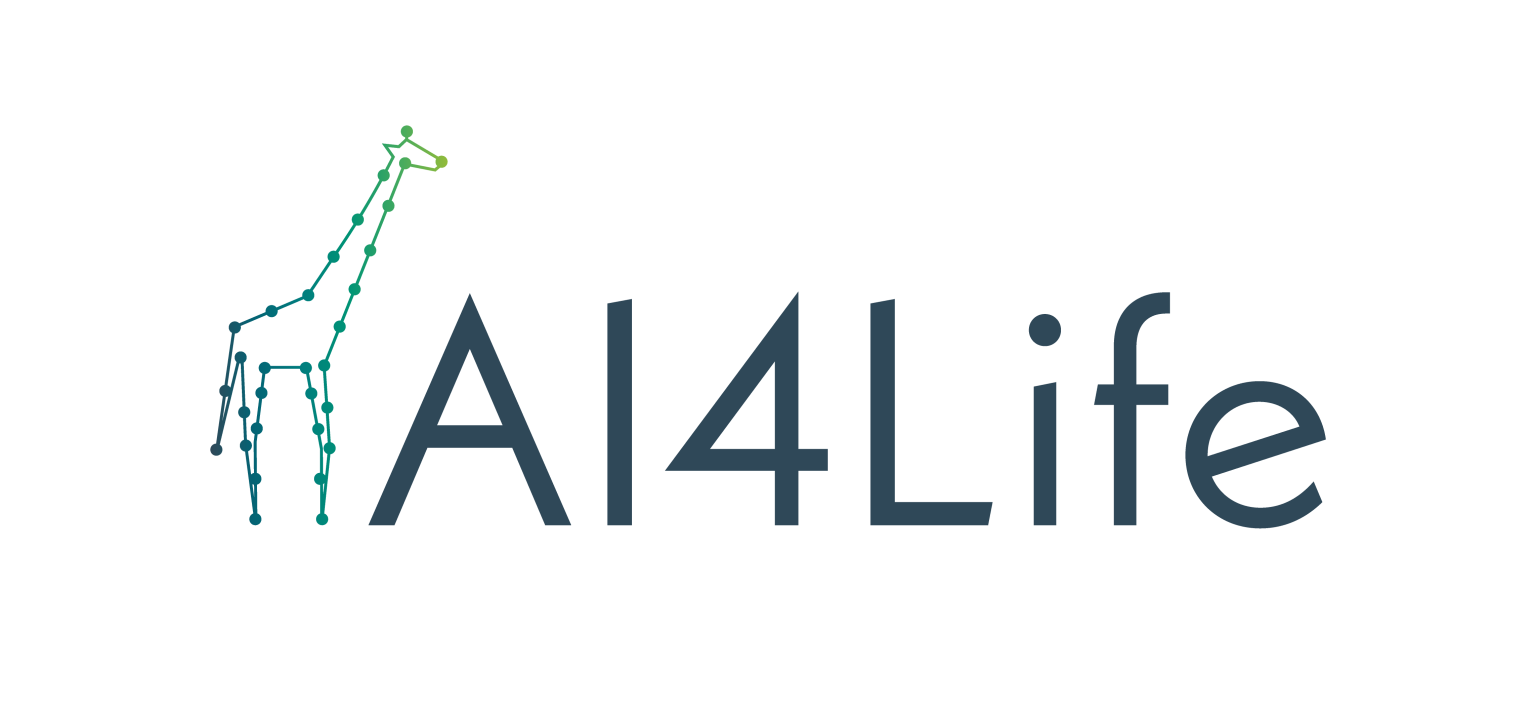In retrospect: How AI4Life collaborated with Industry
Interactions and exchanges with industry have been important aspects of the AI4Life project. By actively engaging with stakeholders across microscopy, pharmaceuticals, and technology, AI4Life ensured that its tools, standards, and infrastructure were not only scientifically robust but also relevant and usable in real-world industrial environments.
Engaging industry from the start
Throughout its project lifetime, AI4Life maintained a proactive approach to industry collaboration. The project held dedicated meetings with key stakeholders – including, for instance, the Euro-BioImaging Industry Board, Bayer, Zeiss, and Leica – to exchange ideas, align on technical needs, and explore integration opportunities. Company representatives also participated in AI4Life hackathons, contributing to open discussions and co-development efforts with academic and infrastructure partners. This open-door strategy helped foster trust and mutual understanding between sectors.

Bringing AI models into commercial microscopy platforms
One of the most tangible outcomes of AI4Life’s industry engagement was its collaboration with Leica Microsystems. Together, they successfully integrated deep-learning models from the BioImage Model Zoo (BMZ) into Leica’s AIVIA software, a commercial AI-powered image analysis platform. Leica converted BMZ models into its own repository format, enabling interoperability with AIVIA. This milestone demonstrated that AI4Life’s standards and infrastructure were mature enough for commercial deployment. Updates from this collaboration were shared openly on the AI4Life website.
ZEISS also broadened its collaboration with AI4Life. Their Arivis platform started supporting pre-trained AI models, custom-trained models, and external technologies such as CAREamics, an AI4Life community partner. Since CAREamics models follow the AI4Life model specifications, this opens a new path for BMZ models to be used directly within commercial workflows.
Supporting innovation through Open Calls
AI4Life’s Open Calls for AI-based image analysis support were open to both academic and industry participants, reinforcing the project’s inclusive philosophy. Among the selected projects was one from RD Néphrologie, a French SME, which received support to study the impact of Chronic Kidney Disease on collagen density in tissues such as the heart and kidney. This example highlighted how AI4Life’s infrastructure could be applied to pressing biomedical challenges in both academic and commercial contexts.
Working with technology leaders
AI4Life partners also participated in NVIDIA’s Early Access Program to test the Triton Inference Server. These evaluations provided valuable insights into the scalability of the BioEngine model testing service and informed improvements to the platform’s technical performance.
Supporting sustainability through innovation
The Hypha platform, the core component used and refined in AI4Life for serving AI models, became the foundation for the spin-off company Amun AI. Amun AI’s plug-and-play version of Hypha builds on AI4Life technology, includes confidential computing, and is designed for large-scale data management and AI models serving research institutes and industrial users. This transition from research prototype to commercial product exemplifies AI4Life’s commitment to sustainable innovation and long-term impact.
Why it matters
These collaborations contributed to the early development of AI adoption in bioimaging within industry. By aligning technical development with industry needs, enabling model interoperability, supporting SMEs through Open Calls, testing AI models in commercial environments, and promoting spin-offs, AI4Life laid the foundation for an active ecosystem and long-term impact. Its open, inclusive, and standards-driven approach ensures that the tools created during the project will continue to benefit both academic and industrial users well beyond the official project conclusion.
Stay connected
Community governance is open and transparent. Anyone can join our weekly Wednesday meetings at 16:00 CE(S)T:
- First week of the month: Community Board (with current and prospective Community Partners).
- Other weeks: Technical Board (with Task Forces spun up as needed).
The same Zoom link will be used for all meetings, and agendas are kept in HackMD, and meeting notes are posted to GitHub for wider visibility (details here).
Follow Euro-BioImaging and our partners to hear more about upcoming developments, community opportunities, and how you can get involved in shaping the BioImage Model Zoo.
And don’t forget to subscribe to the Euro-BioImaging Newsletter!
